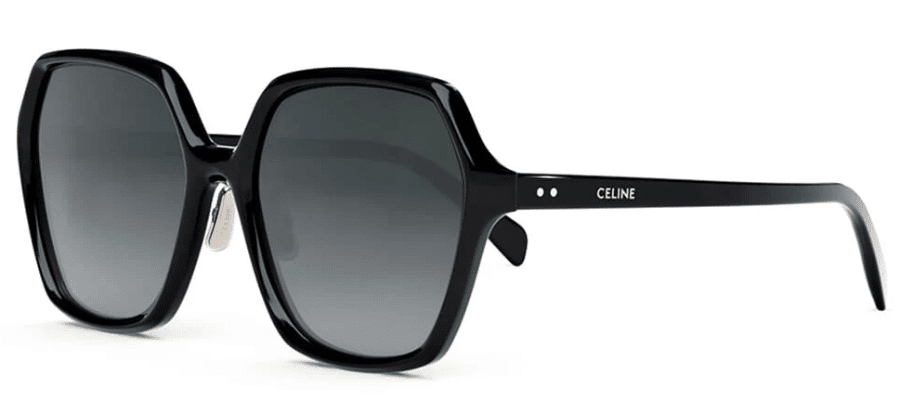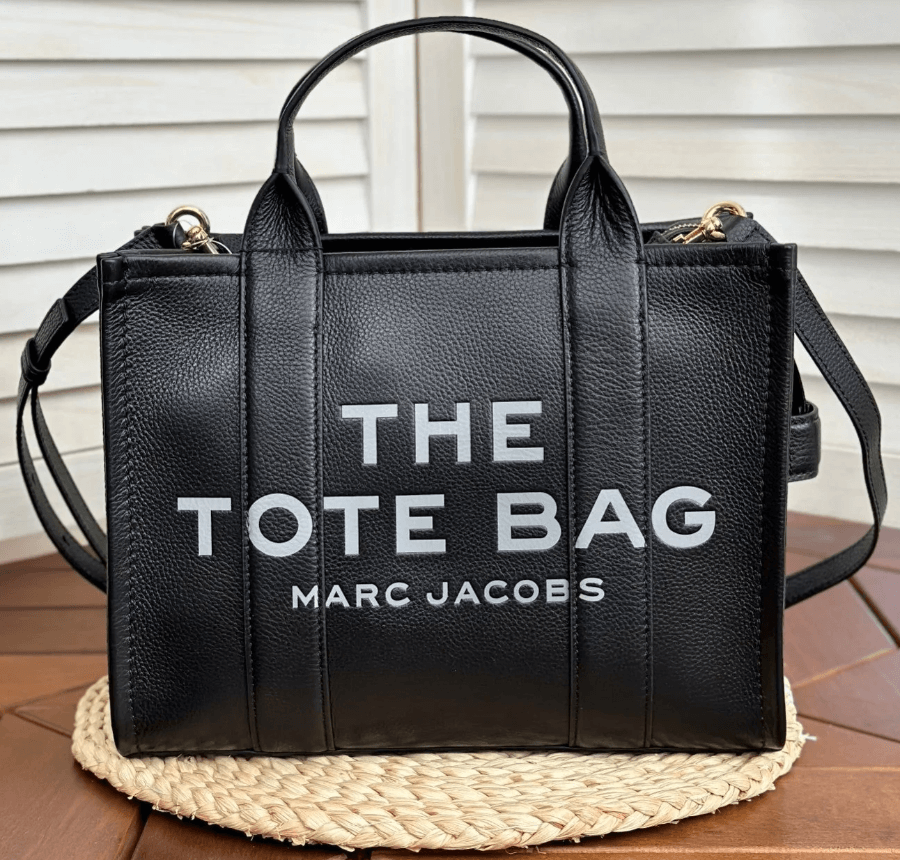📑Table of Contents:

The Michelin Man, originally conceived in 1898, is one of the most recognizable mascots in the world. This iconic figure, known for his distinctive white color, was born from a unique marketing strategy by the Michelin brothers, Édouard and André. At the time, tires were naturally a greyish-white color because they were made from untreated rubber. This was long before the innovation that would turn tires black. Let’s explore the history of Michelin Man.
Origins and Creation
Background on the Founding of Michelin
Michelin, one of the world’s leading tire manufacturers, was founded in 1889 by brothers Édouard and André Michelin in Clermont-Ferrand, France. Initially focused on producing rubber products, the company soon shifted its focus to the burgeoning automobile industry, pioneering the development of innovative tire technologies. Their early success was driven by their commitment to quality and their ability to foresee the growth of the automotive market.
Conceptualization of the Michelin Man
The idea for the Michelin Man, or “Bibendum” as he is formally known, originated in the mid-1890s. Édouard and André Michelin were attending the Lyon Universal Exposition in 1894 when they noticed a stack of tires at their stand. Édouard remarked that the pile of tires resembled a man without arms. This simple observation sparked the creative process that would lead to the birth of one of the most iconic brand mascots in history.
The Inspiration Behind the Character
The name “Bibendum” comes from the Latin phrase “Nunc est bibendum,” which means “Now is the time to drink.” This phrase was taken from a poster designed by French cartoonist Marius Roussillon, also known as “O’Galop,” in 1898. The poster depicted the Michelin Man holding a goblet filled with nails and broken glass, with the caption suggesting that Michelin tires could “drink up” obstacles on the road.
O’Galop’s original illustration featured a rotund, jolly figure composed entirely of tires, raising a glass in a toast. This playful and somewhat surreal image captured the imagination of the public and effectively communicated the durability and toughness of Michelin tires. The character’s unique look, with his segmented body resembling a stack of tires, became an instant visual metaphor for the brand’s product.
The Michelin Man quickly became a central figure in Michelin’s advertising strategy, symbolizing the brand’s commitment to innovation and quality. Over the years, the character has undergone numerous redesigns to keep up with changing artistic styles and cultural tastes, but his essential form and the values he represents have remained consistent.
The creation of the Michelin Man marked the beginning of a new era in advertising, where brand mascots became powerful tools for building brand identity and consumer loyalty.
The Transformation of Tires
It wasn’t until 1912 that a significant change occurred in tire manufacturing. Chemists discovered that adding carbon black to the rubber mix could significantly enhance the durability and strength of tires. This change was driven by a need for improved performance and longevity rather than aesthetic reasons. The introduction of carbon black made the tires more resilient to wear and tear, increasing their lifespan and reliability on the road.
Michelin’s Foray into Culinary Excellence
The Michelin brothers, always inventive, found an ingenious way to boost their business: encouraging people to travel. They realized that by promoting travel, they could increase tire wear, thus driving sales. This led to the creation of the Michelin Guide, which began to help motorists find good places to eat and stay during their travels.
The Michelin Guide started reviewing and recommending restaurants, quickly becoming an authoritative voice in the culinary world. The idea was simple yet brilliant: if motorists had more reasons to travel longer distances to dine at exceptional restaurants, they would naturally wear out their tires faster, increasing tire sales.
Evolution of the Design
Early Illustrations and Design Concepts
- 1898: Created by O’Galop, depicted as a jolly figure made of tires holding a goblet.
- Early 1900s: Segmented, tubular appearance with stacked, rounded tires.
Changes in Appearance Over the Decades
- 1900s-1920s: Maintains robust, humorous look in various scenarios.
- 1930s-1950s: Slimmer, streamlined design reflecting artistic trends.
- 1960s-1980s: Cleaner, modern appearance with more expressive face.
- 1998: Athletic makeover for the centenary celebration.
- 2000s-Present: Minor adjustments for digital media optimization.
Notable Artists and Designers Who Influenced the Character
- Marius Rossillon (O’Galop): Original creator in 1898.
- René Vincent: Popularized Michelin Man in the early 20th century.
- Grandjean Brothers: Refined design mid-20th century.
- Raymond Savignac: Iconic mid-20th century posters blending humor and appeal.
The Michelin Star System
Michelin Guide introduced a star system to rate restaurants, which has since become a benchmark for culinary excellence. The Michelin stars highly covet and represent different levels of achievement in the culinary arts:
- 1 Star: “A very good restaurant in its category.” This rating indicates a high-quality restaurant worth stopping by if you are already in the area.
- 2 Stars: “Excellent cooking, worth a detour.” This suggests that the restaurant offers superior cuisine worth experiencing.
- 3 Stars: “Exceptional cuisine, worth a special journey.” This highest accolade signifies that the restaurant offers extraordinary food and a dining experience that justifies a special trip.
Modernization and Digital Era
Adaptations of the Michelin Man in the Digital Age
- 3D Animation: Transitioned from 2D to 3D animation for modern appeal.
- Video Games: Appeared in various racing and educational video games.
- Apps: Featured in Michelin apps, offering travel tips and tire advice.
Use in Social Media and Online Marketing
- Social Media Presence: Active on platforms like Twitter, Facebook, and Instagram.
- Interactive Campaigns: Engages users with interactive content and contests.
- Influencer Collaborations: Partners with influencers for broader reach and engagement.
Technological Advancements in the Character’s Representation
- Augmented Reality (AR): Integrated into AR experiences for interactive brand engagement.
- Virtual Reality (VR): Used in VR environments to showcase tire technology.
- AI and Chatbots: AI-powered Michelin Man chatbots provide customer support and information online.
Let’s Conclude!
From its origins as a clever marketing strategy to its status as a global symbol of quality and excellence, the Michelin Man has come a long way. The transformation of tire manufacturing and the creation of the Michelin Guide are testaments to the innovative spirit of the Michelin brothers.
Today, the Michelin star system remains a prestigious mark of culinary distinction, influencing food enthusiasts and chefs worldwide. The Michelin Man also represents durable tires and a commitment to excellence in travel and dining experiences.





